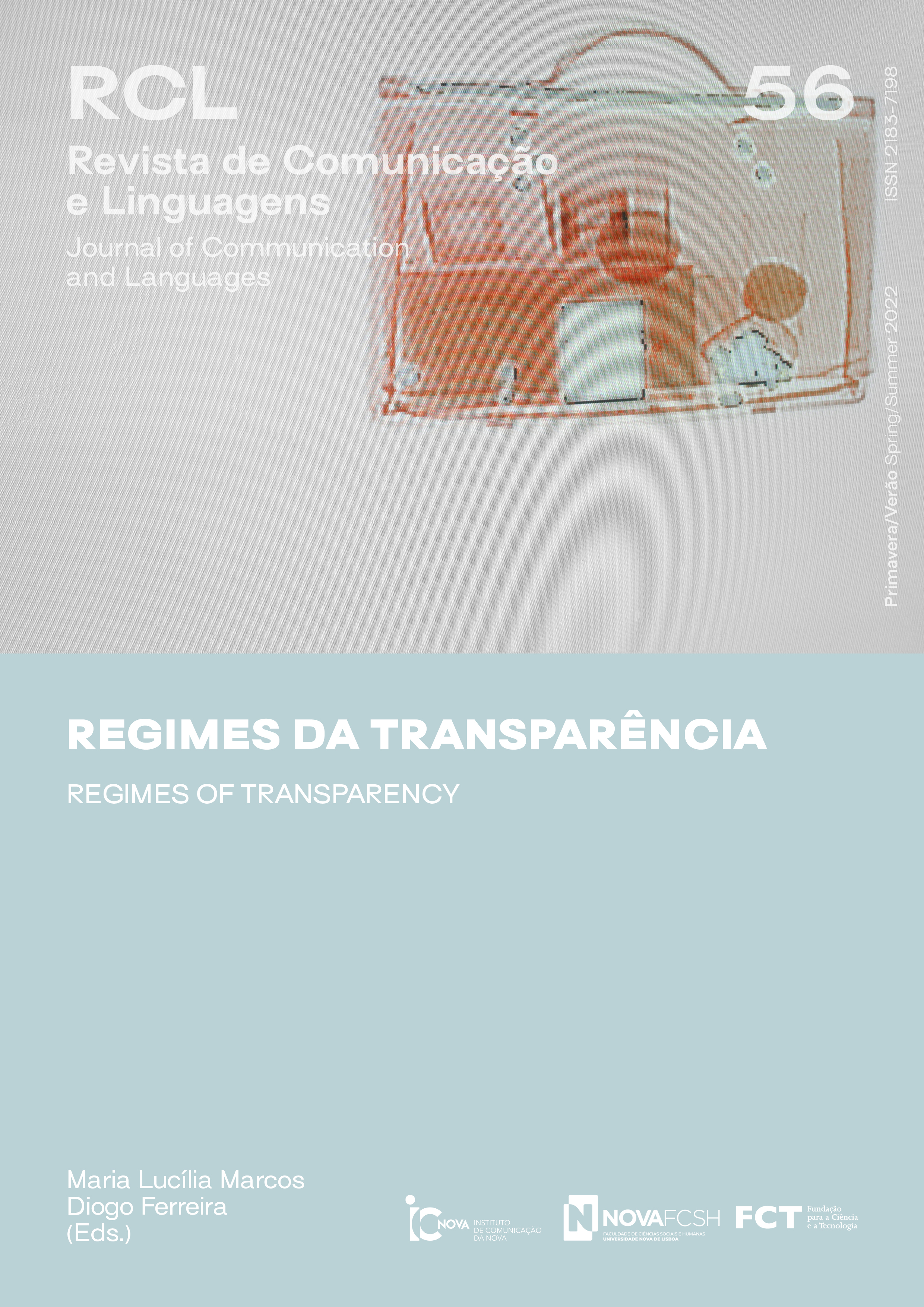From phenomenology to figurology
Abstract
If we follow Heidegger, the Platonic idea initiates the representational turn of truth: truth, in order to appear, needs a transparent medium in and through which, while insuring itself against illusory appearance, it shows itself adequate to essence. This mid-place, which establishes a distance allowing the gaze, is both a mediator and an intercessor. Aristotle thematizes such tertium quid through the enigmatic category of the diaphanous.
From Kant and his distinction between phenomena and noumena, the aesthetic-symbolic milieu, which establishes a sensible evidence supported by a categorical logic, discovers in time the agent that will henceforth fulfil the function of the diaphanous, orienting modern philosophy in the guise of a phenomenology.
But this age-old framework of thought broke down in the second half of the 20th century. The pillars on which the edifice rested collapsed: the deconstruction of the subject, the radical questioning of objectivity (what is an object in the digital age?), the irruption of “real time” (electronic), these are some of the corollary aspects of the tendencies, as powerful as they are anonymous, that have contributed to ruining the phenomenological mode of thought, based on a constituent subject (woven of time), the possibility of evidence guaranteed by an objective stability (the assurance of a similarity between the phenomenon and the being). The end of phenomena marks the end of a mode of thought based on analogy.
The Idea of figurology intends to promote another notion of appearance. For the Figure, transparency is no longer the medium (dia-phane) conducive to the emergence of truths separated from illusion or error. Whereas the phenomenologist’s appearing is modelled on realities with clear contours (aesthetic-noetic “wholes”), the figurological turn places a shadowy transparency at the centre of the Figure. It is a fiction without similarity.



